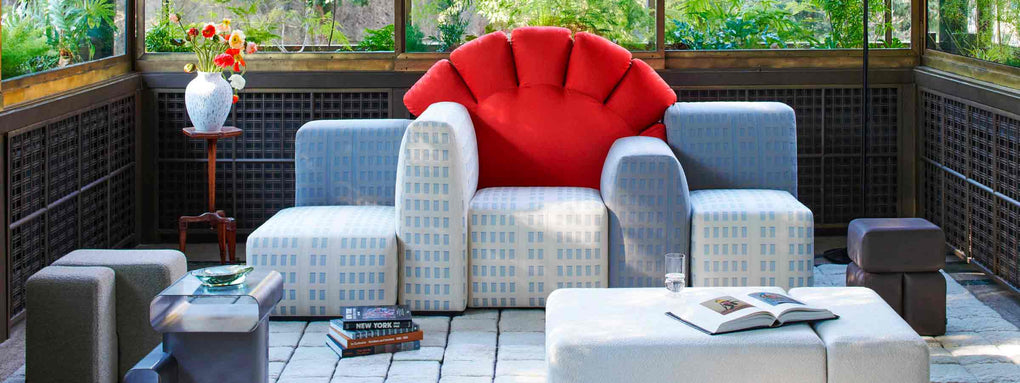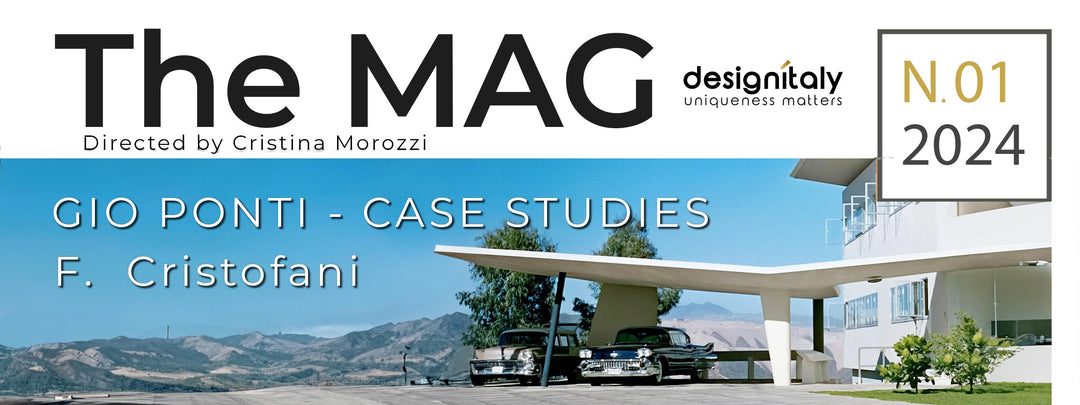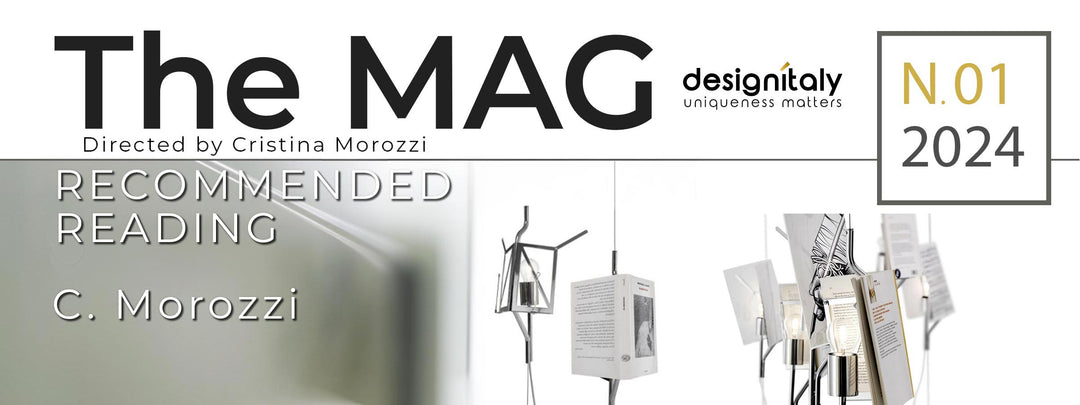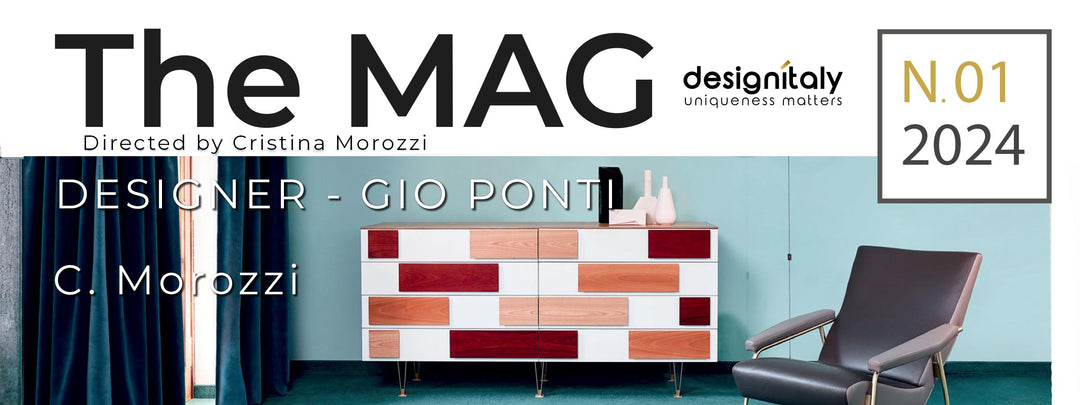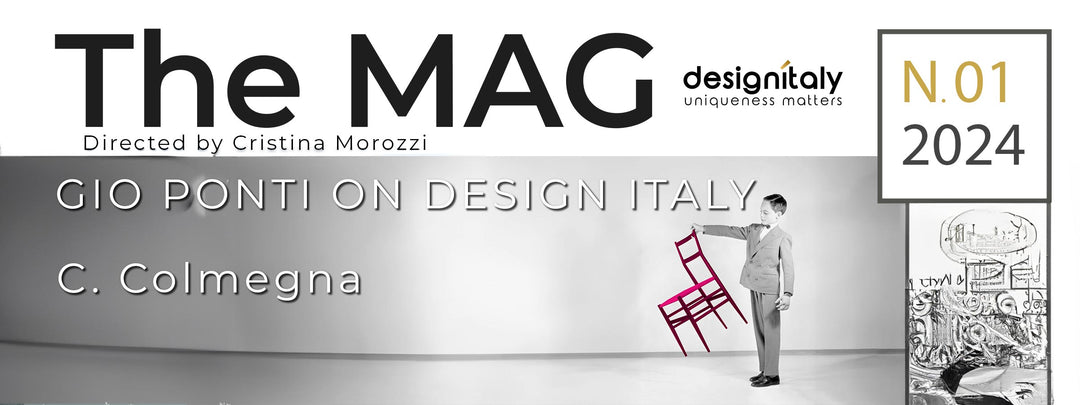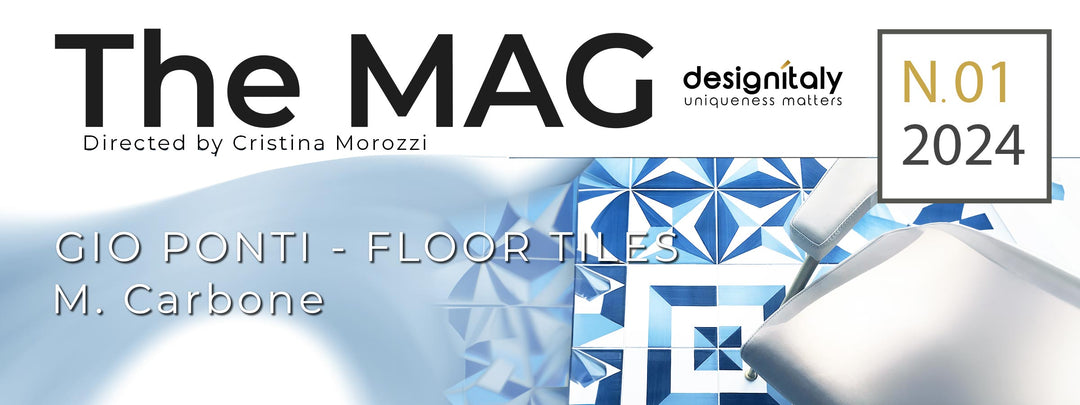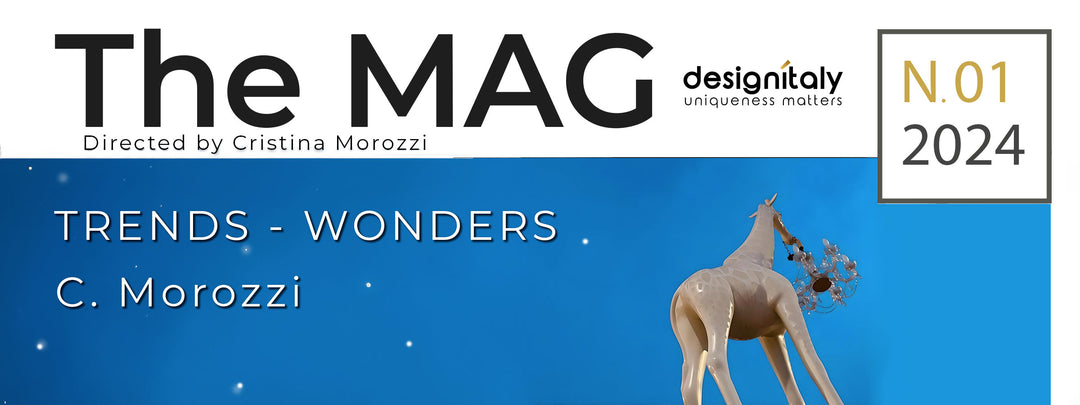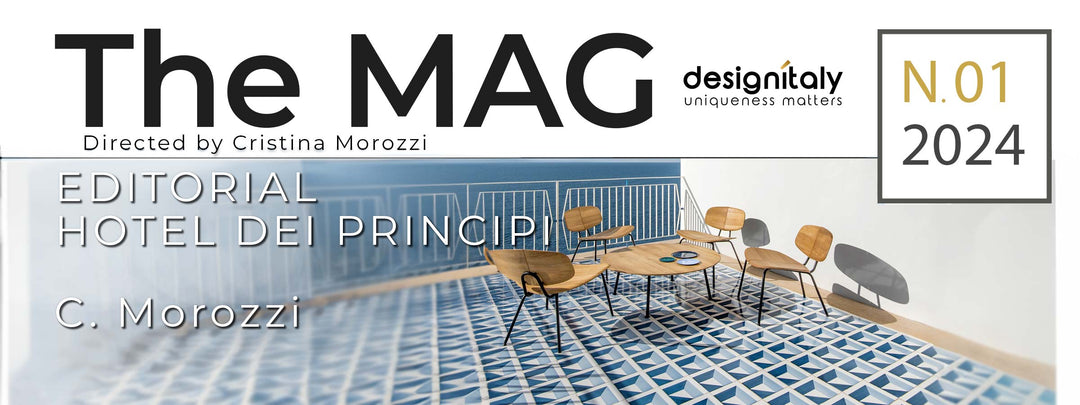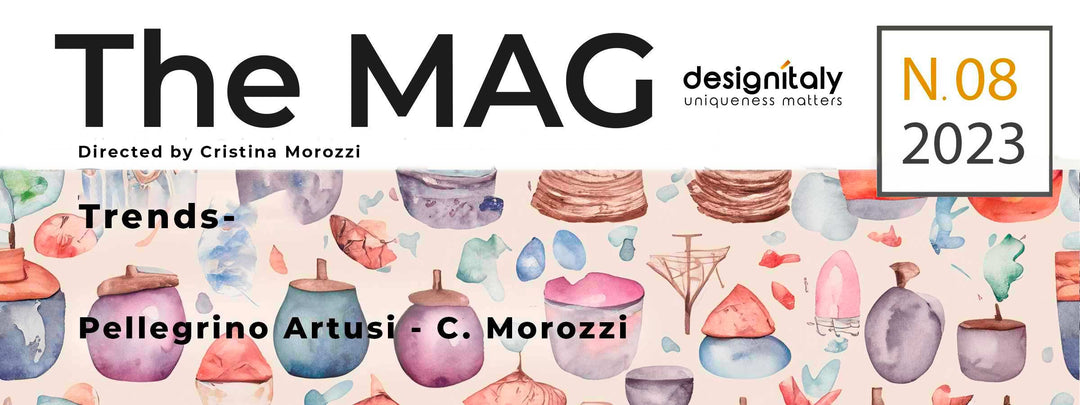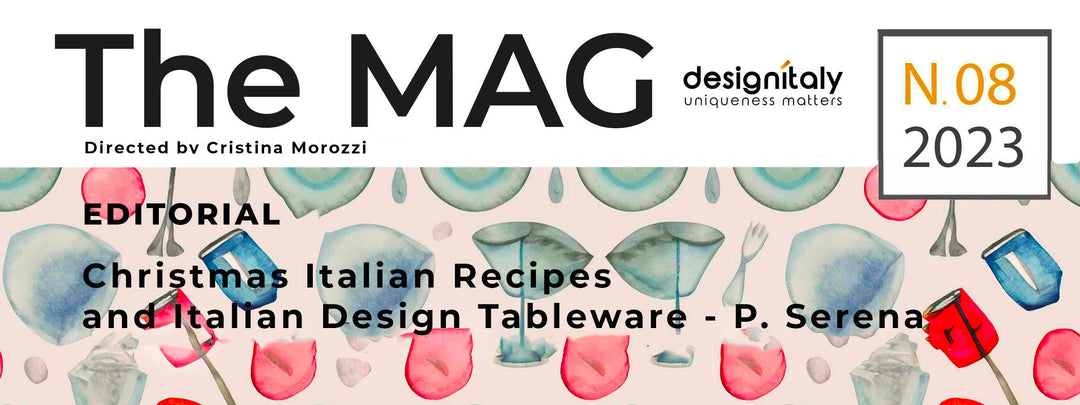BEST PRICES Up to 20% OFF
BEST PRICES Up to 20% OFF
Enjoy Free Shipping on selected items*
Enjoy Free Shipping on selected items*
-
HOME DECOR
Candle Holders, Candles & Diffusers Centrepieces Decorative Objects Lucky Charms Mirrors Murano & Venetian Glass Ornamental Containers Umbrella Stands Vases -
SPECIAL COLLECTIONS
-
DESIGNFUL FASHION
Backpacks Clutches Crossbody Bags Shoulder Bags Top Handle Bags Day Bags Evening Bags Travel Bags Work Bags -
BRANDS
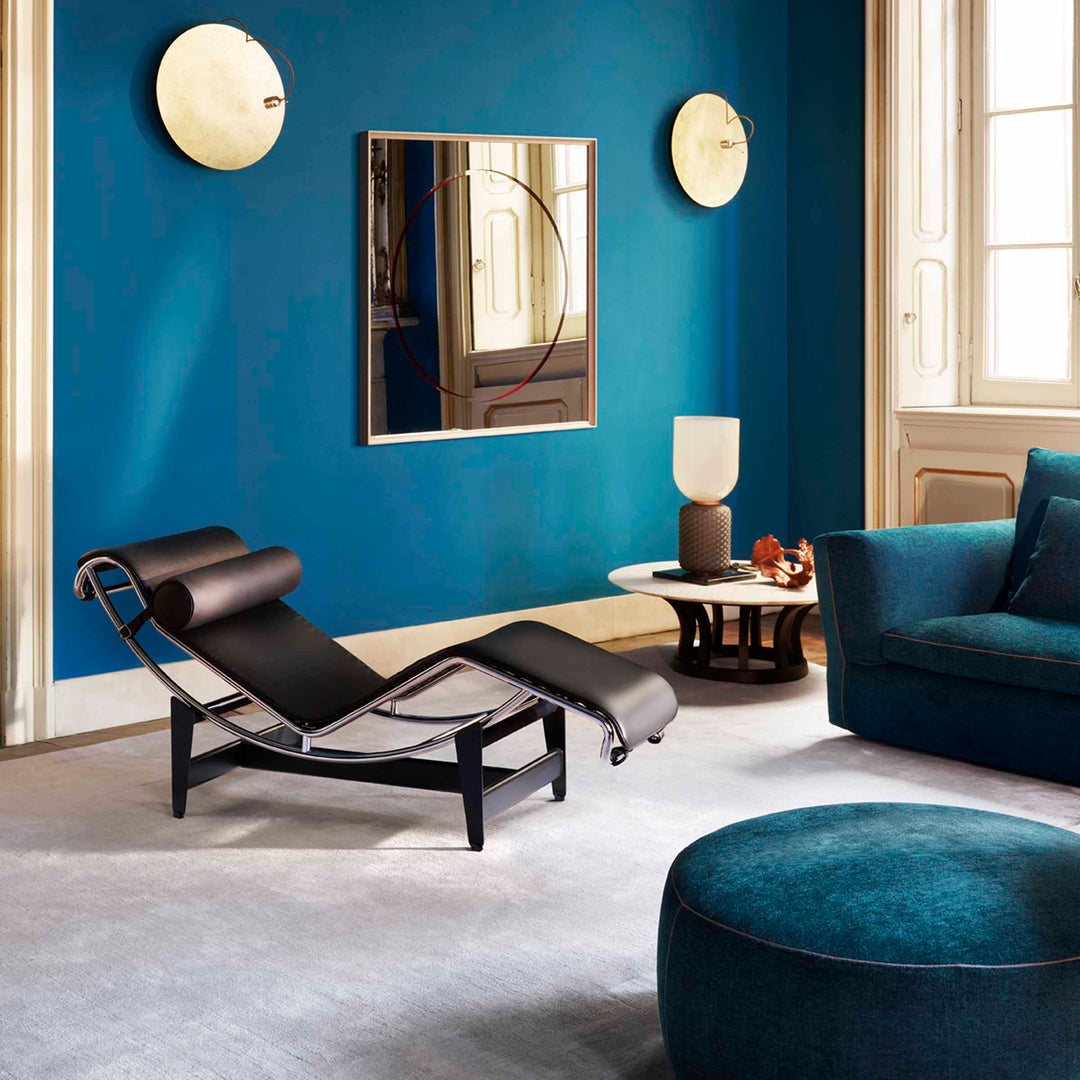
TRADE PROGRAM
Discover the Advantages of Joining Our Trade Program.
Unlock the Benefits of Our Exclusive Trade Program.

FREE SHIPPING DEALS
Cassina, Poltrona Frau, Driade, MOGG and more.
Shipping is on us on most products.
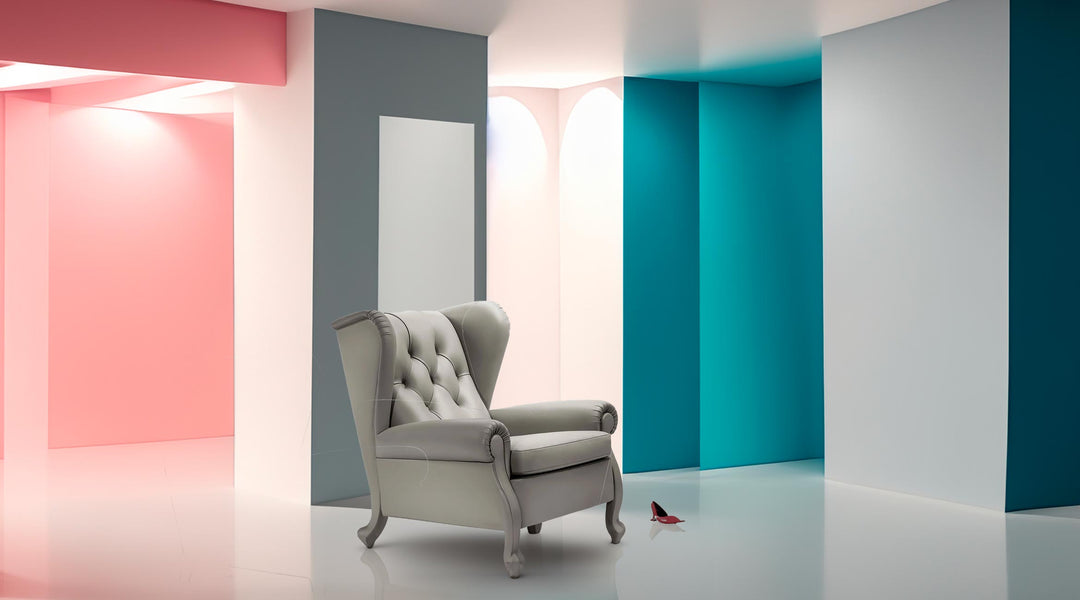
PROMOTIONS
Design Italy has never looked this good!
Check out our amazing deals and discounts.
